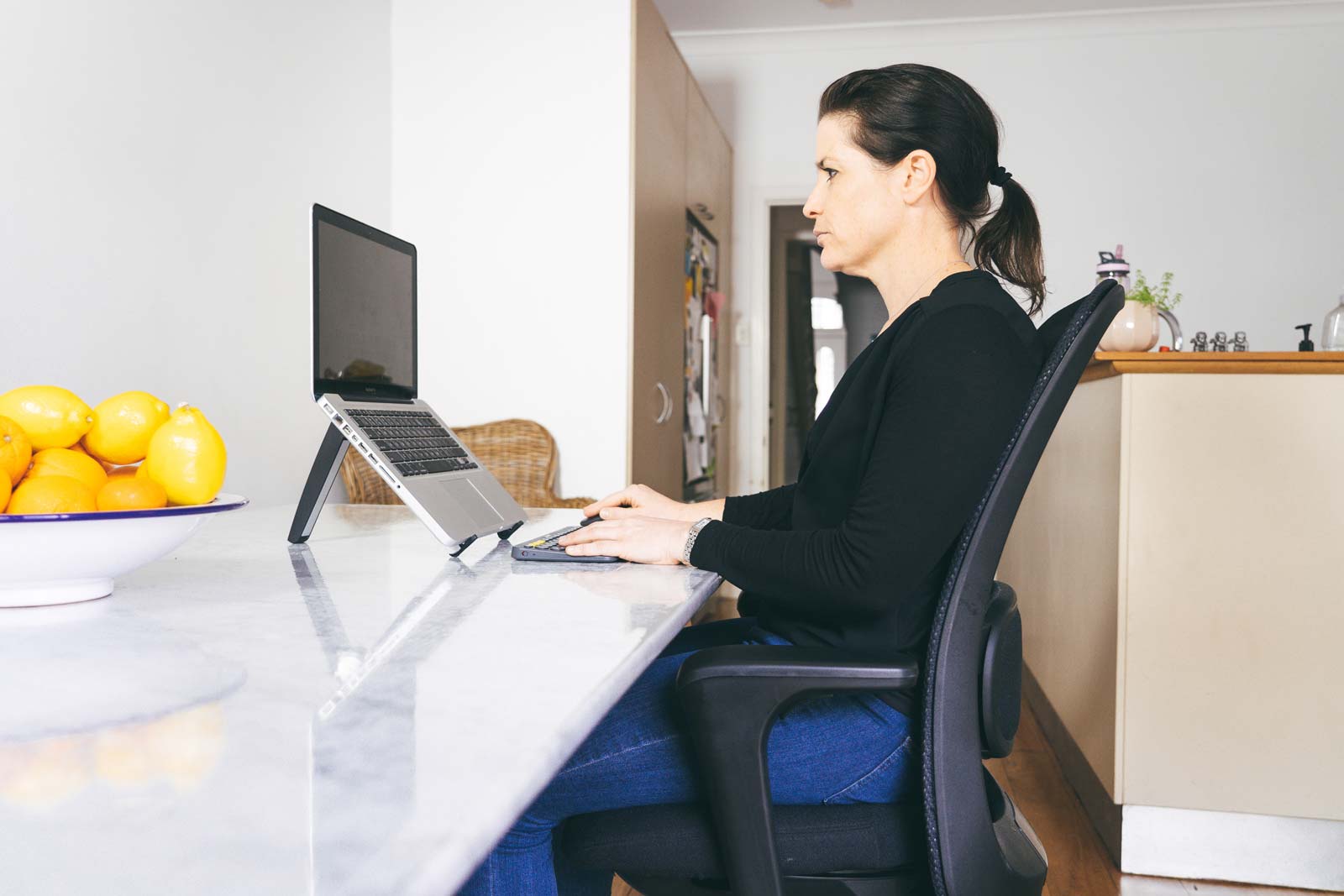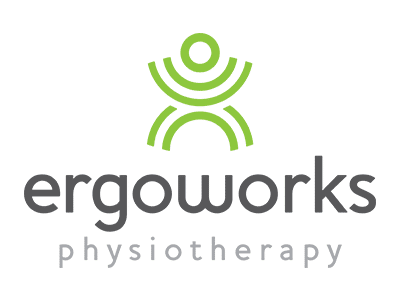Our Top Tips for Improving Bad Posture

Bad posture can lead to pain in the neck, back, shoulders, legs and feet, as well as referred pain in the head. It can add to stress and fatigue and in the long term it can cause serious musculoskeletal disorders. Luckily you can change your bad habits and develop good posture if you follow the right advice.
First thing to note is that good posture is not just about sitting up straight. In fact it is more about being supported in a good position.
Below are some common causes of bad posture and some associated solutions. Follow these tips to improve your posture and don’t forget to take regular breaks and move.
1. Do not perch on the front of your seat
Sit back in your chair. If you need to re-arrange your workstation to be comfortable then do so. Move your chair closer to the desk and maintain contact between your back and the seat rest.
2. Sitting too low
Most people sit too low on the chair causing them to elevate their shoulder’s while working. Adjust your chair so your shoulders are in a relaxed position and your forearms resting on the desk. If your feet are not supported by the floor, you will require a footrest.
3. Armrests too high
Your shoulders should be in a relaxed position whilst you work. Armrests can help by providing support, but if too high cause raised shoulders and if too low cause leaning. Both are bad habits.
If the armrests are too high or low, either remove the armrests or get a chair with height adjustable armrests.
4. Screen too high or low
The wrong height of the screen can cause problems with your neck and back.
When looking at the screen you should be looking into the top 1/3rd and it should be an arms length away.
Remember brightness and contrast can be adjusted so adjust the screen to suit your eyes.
5. Overreaching for the keyboard and mouse
The keyboard and mouse should be positioned so that they are within easy reach. Your arms should be in a bent position and the mouse directly next to the keyboard. If you feel discomfort in your right hand when using the mouse, try to alternate this to the left to give your arm a break.
6. Movement!
Movement is the key to injury prevention, so try and build this into your day. Here are some great ideas to get you off your seat – drink more water, use the stairs not the lift, walking meetings or use photocopiers on the other side of the floor.


